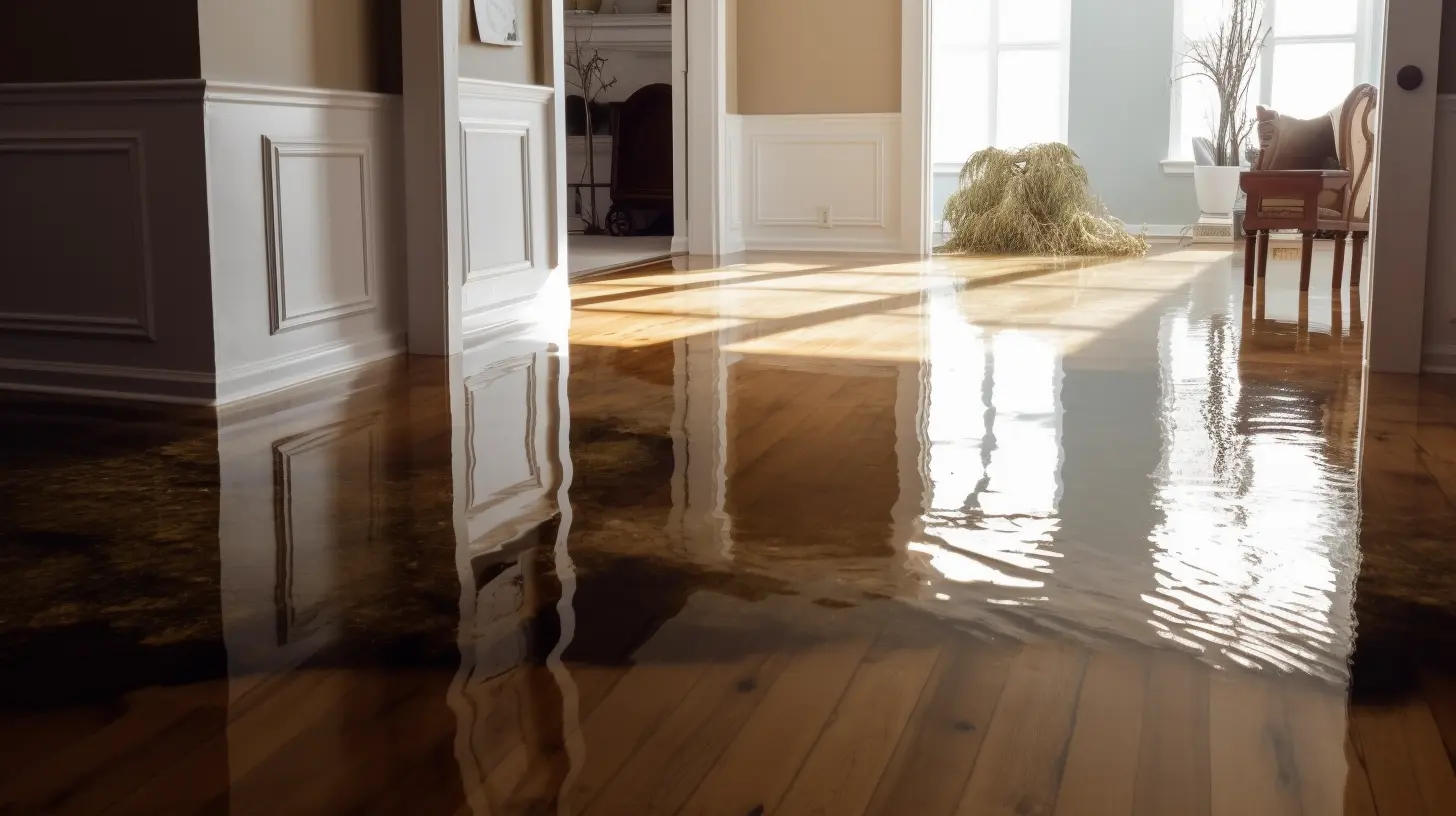Hardwood floors are an elegant and durable choice for any home or office. However, they can sometimes suffer from water damage that requires proper restoration to restore them to their beauty and functionality. In this article, we’ll give you the 5 key steps to restore your water-damaged hardwood floors.
Importance of water damage wood floor restoration
Restoring water-damaged wood floors is of utmost importance for several reasons. First, water can penetrate the wood and cause structural damage, weakening the floor and jeopardizing the integrity of the entire surface. Proper restoration can reverse this damage and preserve the structure of the floor.
In addition, when wood gets wet, it is more prone to mold and mildew, which not only affects the appearance of the floor but can also pose a health risk to the inhabitants of the home. Restoring water-damaged wood floors prevents the proliferation of these organisms and maintains a healthy environment.
The aesthetic side of the floor also suffers, as water can leave stains, discolorations, and marks on the wood, affecting the aesthetic appearance of the floor. Proper restoration can eliminate these imperfections and restore the floor to its original appearance.
Finally, a wood floor in poor condition can diminish the value of a property. Restoring a water-damaged floor increases the value of the property by improving the appearance and quality of the finish.
5 Key Steps to Restoring Water-Damaged Hardwood Floors
Water damage to hardwood floors can be a nightmare, but with the correct restoration steps, it is possible to restore their appearance and functionality. Here are 5 key steps to restoring water-damaged hardwood floors:
- Proper drying: The first thing to do is to make sure that the affected area is completely dry. Use fans, dehumidifiers, or even heaters to speed up the drying process. Do not let the wood dampen for too long, as structural damage will occur.
- Sanding and polishing: Once the floor is completely dry, proceed to sand and polish the surface to remove any stains or watermarks.
- Damage Repair: If the wood has suffered structural damage, such as swelling or warping, it is crucial to repair these problems before applying any finish.
- Finish application: Once the wood is in good condition, apply a protective finish to protect it from future water damage. You can opt for a varnish, oil, or wax.
- Regular maintenance: To make sure your wood floors stay in good condition, it is essential to maintain them regularly. It includes regular cleaning with mild products and protectants, as well as avoiding liquid spills and maintaining proper humidity levels in the room.
By following these 5 key steps, you can restore your water-damaged wood floors and enjoy their beauty and durability for many years to come. Remember that in severe cases of water damage, it may be necessary to enlist the help of a professional to ensure proper restoration.
Our FastFix team of professionals is ready to handle all of your water removal needs no matter what type of flooring you use. For more information, visit our website at


